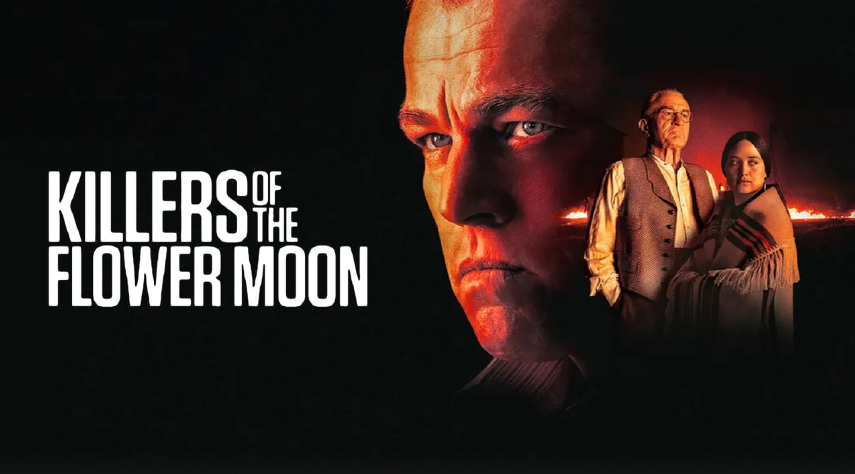Formalism in Music
- Yida Zhang
- Apr 16, 2024
- 3 min read
Formalism is innovation. It is the experimentation of formal elements in different artistic mediums to innovate. In cinema, it can be seen in the works of Japanese director Kenji Mizoguchi and American director John Ford, among others. In modern music, the formalist tradition is being upheld by an unlikely source: the hip-hop underground.
First, it is necessary to establish exactly what musical formalism entails. The majority of the formalist music from the underground presents a balanced dialectic between the artist, i.e. the rapper, and the producer. Production is not used as a tool to highlight the artist’s singing skills, but rather the artist’s voice and lyrics complement the overall rhythm of the song. The stagnancy and reactionary quality of pop music in the modern day exists due to its lack of exploration in the production side. As the lyrics of a song largely follow after the manner of poetry in its conventional form, complete with rhyming structures, conventional music made for a popular audience becomes nothing but poetry accompanied by an instrumental, without the potential of innovation. This, instead, is contrasted by the underground’s 50-50 approach. To define the underground, it is composed of multiple sub-groups of related artists with similar styles which do not obey convention, but rather seek to innovate form. In their music, lyrics are stripped of their explicit identity as such, instead becoming complements of the “beat”, its harmonic variations in a reciprocal relationship with the musical notes, amplifying the scope of the instrumental. The content of the lyrics, no matter what they are, can therefore be reduced to representations of themes, without narrative, allowing for freer experimentation with rhythm and sentence structure.
Next, to focus on the genre of hip-hop itself. With the introduction and popularization of digital audio workstations (DAWs), musical formalism becomes an expression of rhythm through precise arrangements of sounds of different textures. Customizable synthesizers allow the producer to, in theory, be able to compose whatever sound they want through the manipulation of wavetables, bringing a much larger variety of choice in textures and moods. The standard components in a drum beat (the hi-hat, the snare, the percussion, the 808/kick, the clap) are still present, although scattered in a much more liberating manner throughout the 4/4 beat. These drum patterns create successive textures in themselves and by their complements (clap leading to a snare, kick leading to a hi-hat, and so forth), which serve to create rhythm through their dialectic with the melody.
Lastly, it is important to emphasize the focus on the relationship between the drums and the melodies, and their ability to emulate and develop tradition. Subgenres of underground hip-hop like PluggNB and Plugg often pay homage to traditions of hip-hop culture, like slowed and reverb, boom bap and sampling through their drum patterns and melody choices, although these are approached digitally, with a different variety of songs being sampled (for example pop and rock songs) to reflect the context of the song in modern music history. This further proves the artists’ desire for innovation and progress of their culture and artistic expression.
To conclude, formalism in the underground is achieved through a mutual artistic relationship between the producer and the artist, where the role of the voice of the artist as an instrument is amplified for musical expression. Their melodies and drum beats reflect the desire for innovation in rhythm through experimentation of harmony and texture, and suggest the heritage of hip-hop from its popularization in the late 20th century all the way to the recent past. It has also opened up to incorporate more diverse genres in its sampling, along with its willingness to expand on previous convention within a digital workspace. The formalist approach should be prioritized in the analysis of these works, as they are the ones expanding the perception of music today in an avant-garde and radical manner.






Comments